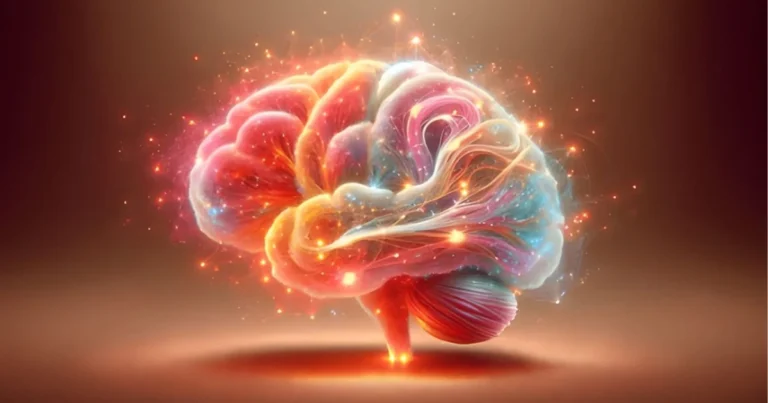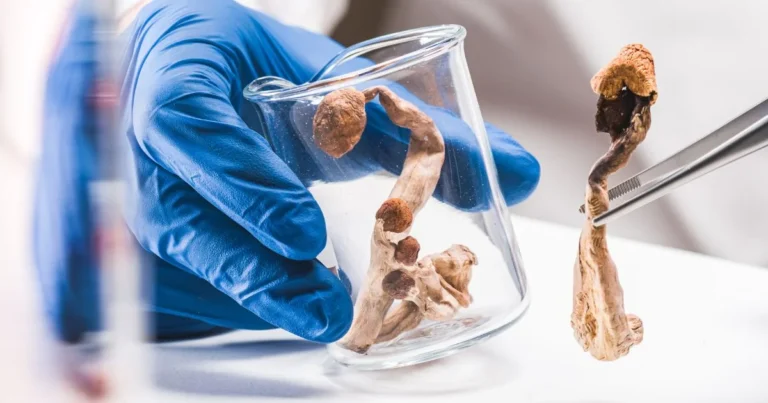How early abuse reshapes the brain
Childhood is often viewed as a time of innocence and discovery, a period in which the developing brain absorbs every experience to shape future personality and cognitive abilities. However, it is also a phase of profound vulnerability. When a child is exposed to abuse or chronic stress, the effects extend far beyond psychology, reaching into the very core of the brain’s functioning.
Modern neuroscience shows that these early experiences profoundly modify neural connections, disrupting emotional regulation and heightening stress sensitivity. Such alterations can lead to a greater risk of mood disorders, anxiety, and other psychiatric conditions in adulthood. Understanding these mechanisms is not merely a scientific endeavor; it is essential for anticipating the long-term impact of these traumas and for creating therapeutic strategies capable of mitigating neurobiological and psychological harm.
🔗 Read also: The tragic brain of Victor the wild child
He long-term effects of early-life maltreatment
Research conducted by Akemi Tomoda and colleagues, published in European Archives of Psychiatry and Clinical Neuroscience, offers an in-depth look at the neurobiological impact of childhood maltreatment on brain structure and function. Examining individuals who suffered early-life trauma, the team discovered significant changes in several brain regions, notably the cingulate cortex, amygdala, and hippocampus, areas crucial for emotional regulation, stress management, and memory. The cingulate cortex, which integrates emotions and supports decision-making, shows disrupted functioning that can explain disproportionate responses to stress or difficulties in emotional regulation. The amygdala, pivotal in perceiving threats, becomes hyperactive in those with traumatic experiences, resulting in heightened vigilance and intensified emotional reactions. Meanwhile, the hippocampus, a key player in memory processing and stress modulation, demonstrates a reduction in volume that impairs the ability to contextualize and moderate emotional responses.
The study highlights that childhood and adolescence are critical developmental periods when the brain’s heightened plasticity can magnify the impact of negative experiences, leading to lasting alterations in neural circuits. These findings confirm that exposure to adverse events in early life is not simply a short-term stressor; it is a genuine marker of vulnerability to future psychiatric disorders, such as anxiety, depression, and post-traumatic stress disorder.
Another study, conducted by Chen et al. (2024) and published in Translational Psychiatry, explores the relationship between childhood maltreatment, psychological resilience, and changes in the brain, particularly in the calcarine cortex. This region appears to play a critical role in an individual’s capacity to overcome adversity. The results show that the neuroanatomical modifications triggered by early-life stress influence not only vulnerability to depression but also the ability to withstand stress. In essence, a brain shaped by early trauma remains more fragile, retaining a heightened sensitivity to new stressors throughout life, which can lead to increased emotional vigilance and persistent stress responses.
🔗 Explore further: Understanding the silent prison of Claustrophobia
How childhood trauma echoes through generations
Childhood maltreatment does not affect only one generation; it can also be passed down to subsequent ones. A study by Uktubara et al. (2024), published in the Journal of Correctional Issues, examines this intergenerational dimension by following the life paths of individuals who were abused during childhood. The researchers found that these individuals, who often exhibit violent behavior, show disturbances in the neural circuits responsible for emotion regulation and impulse control. These brain alterations partially explain why some adults who were victims of maltreatment struggle to manage stress and emotional reactions when faced with conflict. The study thus suggests that childhood abuse leaves a lasting imprint capable of influencing the behavior of future generations, perpetuating a vicious cycle.
These findings raise a critical question: Are such brain alterations irreversible? Fortunately, recent advances provide some hope. Although the marks left by maltreatment run deep, they are not unchangeable. By better understanding the underlying neurological mechanisms, targeted interventions can be developed to break this destructive cycle. Offering early support to children exposed to abuse is therefore essential to prevent further damage to the brain. Approaches that combine cognitive therapies and social support give affected individuals the opportunity to heal compromised neural pathways, facilitating a genuine process of recovery and personal rebuilding.
🔗 Discover more: The eternal memory: When love defies forgetting
Even when the brain has been profoundly affected, it retains a remarkable capacity for plasticity and repair, allowing for the possibility of healing. This regenerative potential reminds us that, although trauma leaves indelible scars, it is often possible to restore cerebral balance and regain a sense of well-being, perhaps even partially erasing the lingering effects of deep psychological wounds. The brain’s ability to recover underscores the importance of timely, tailored interventions in offering a path to healing for those who have suffered.
References
Chen, H., Liu, P., et al. (2024). The mediation role of gray matter volume in the relationship between childhood maltreatment and psychological resilience in adolescents with first-episode major depressive disorder. Translational Psychiatry, 14:452.
Uktubara, A. L. R., Rizkika, H. L., & Chusairi, A. (2024). Intergenerational cycles of violence: Risk factors of child abuse victims who turned violent offenders growing up. Journal of Correctional Issues, 7(1).
Tomoda, A., et al. (2024). Neurobiological effects of childhood maltreatment on brain development. European Archives of Psychiatry and Clinical Neuroscience.








